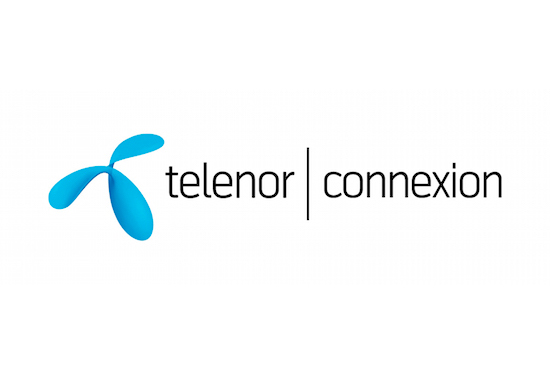Operators are only “scratching the surface” of NB-IoT’s potential, the CTO of Telenor Connexion has said, as the operator gears up for a trial of smart parking.
Next month sees the launch of the trial. Telenor Connexion, the business arm of the Norwegian operator, will upgrade base stations in Trondheim and Fornebu and set up NB-IoT based sensors in selected car parks.
Martin Whitlock, the operator’s CTO, says: “The ambition is to learn more about NB-IoT as a technology and verify that it delivers what we expect, but also to make a deep dive into the smart parking area which we consider being one very promising use case within the smart city vertical.”
Next year looks set to be dominated by narrowband-IoT deployments, after the technology was standardised earlier this year. Proximus said last month it would roll out the technology in 2017, after using the LoRa standard for several years, and Austria’s TAG also held a trial of NB-IoT last month.
Assuming Telenor Connexion’s trial goes well, Norway will see the operator roll out its first commercial NB-IoT network by the end of next year, in addition to a nationwide rollout of LTE-M.
Whitlock does not confirm what other use cases Telenor Connexion will launch, but is keen to talk up its potential.
He says: “To start with there are a lot of smart city and smart building use cases where the benefits are already identified; parking, metering, water management, waste bins, etc. Asset tracking and logistics as well as equipping consumer electronics with basic communication would be other areas of interest.
“Even if the data rates within NB-IoT are low compared with 3G/4G solutions, it is enough to satisfy for instance push-to-talk applications, which could be a great add-on to for instance wearables used for healthcare and elderly treatment requiring high mobility and low power consumption.
“In general, we believe that we are only scratching the surface of possible use cases, and that the technology once deployed in larger scale with spur innovation in all sorts of verticals.”
The operator had been flirting with LoRa, but Whitlock says NB-IoT’s interoperability and global scale is what will make it more attractive to enterprises.
He adds: “The model of having mobile operators providing the service based on a globally standardized technology makes sense for them. That said, we think that our industry has made a good job in agreeing upon the standards for NB-IoT in a fairly short time frame without compromising the quality and security aspects that is our legacy.”
By 2020, he predicts NB-IoT and LTE-M will sit side by side and dominate the market, with other, unnamed, technologies be used in isolated use cases. But what of the short term? He says: “Within a 12 month period we believe that the commercial deployments of LPWA will take off for real. At the same time business models related to these use cases will continue to mature, and there will be continued development within modules and devices required to lower costs increase possibilities.”
One potential stumbling block is the very partners operators will want to connect. Whitlock says it is crucial operators engage with enterprises and support their “digitialisation agendas”. He says: “This includes lowering the thresholds to get started with IoT by providing tools for integration of data management and analytics to reduce the efforts required to integrate solutions into existing backends.”
If that doesn’t happen, then plans to realise the potential of NB-IoT may have to be parked.


